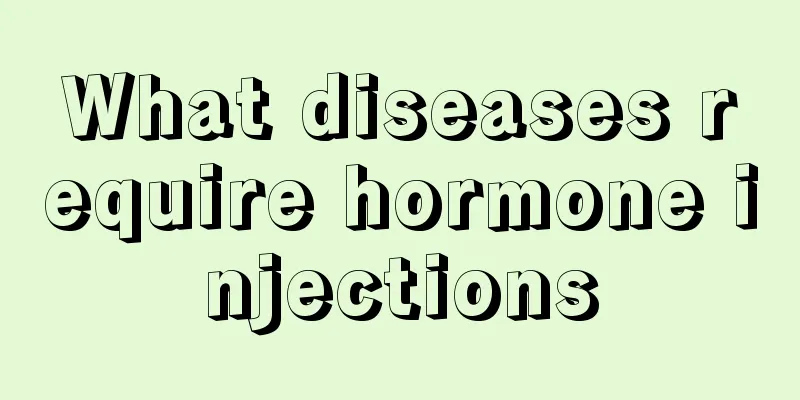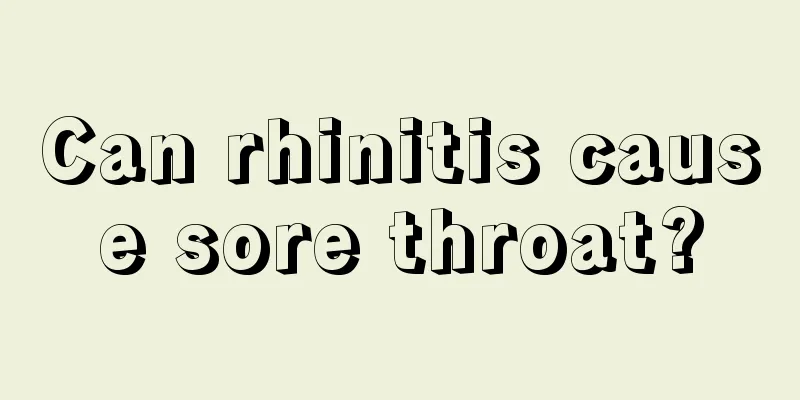What are the symptoms of branchial cleft cyst?

|
Many friends actually don’t know where the gill clefts are. The gill clefts are the slits located on both sides of the pharynx. If cysts appear in the gill clefts, the patient will have obvious discomfort, such as pain, ulceration, secretions, etc. The causes of gill clefts are generally congenital and can occur at any age. Branchial cleft cyst is a branchial cleft malformation, a congenital disease that develops from the incomplete degeneration of tissue in each pair of branchial clefts. In 1932, Ascherson named it branchiogenous cyst, which was widely accepted and still used today. A fistula is a tract that has openings at both ends, inside the pharynx and outside the skin. A fistula is an incomplete fistula (or sinus tract) with only one end opening. If there are no openings at both ends and it is only an epithelial cavity remaining in the tissue, and because it contains secretions, it is called a cyst. The three lesions can be interchangeable. Its clinical manifestations are diverse; its anatomical relationships are complex; and it is easy to relapse due to misdiagnosis and incorrect treatment. Clinical manifestations Prone groups This disease is a congenital disease, and significant symptoms can occur at any age. It is generally believed that the incidence rate is similar in men and women, and there is no difference between the left and right sides. Cases have been reported from birth to 85 years old, with the most common condition being around 30 years old. Branchial cleft cysts can occur at any age. Fistulas are often discovered in infancy, while cysts are more likely to occur in childhood or adolescence. Acute branchial cleft cysts generally require surgical treatment, so patients should pay attention to this disease in a timely manner. Symptoms Branchial cleft fistula is usually discovered early and has typical symptoms. A small fistula can be seen at the front edge of the sternocleidomastoid muscle on the side of the neck. When squeezed, a small amount of white secretion may be produced, and a cord-like object may also be felt running deeper. Branchial cleft cysts grow slowly. The main clinical manifestation is the accidental discovery of a painless mass in the neck or parotid area, which gradually increases in size or changes in size. The epithelium of branchial cleft cysts can become cancerous. Some patients may experience intermittent swelling or distending pain in the neck or pharynx, which is especially obvious when swallowing. They often have a history of upper respiratory tract infection before the onset of the disease. When upper respiratory tract infection is complicated by inflammation, the swelling worsens and pain occurs because the cyst wall is rich in lymphoid tissue. The tumor grows rapidly and may even rupture. Some patients reported a feeling of pressure in the neck and pulling in the throat. Low fever and hoarseness may occasionally occur. During examination, those without infection have a smooth surface, soft texture, and often a cystic feeling; those with infection have deep adhesions that cannot be moved, and cystic fluid can be extracted by puncture. Symptoms such as difficulty swallowing, an unpleasant taste when eating, and a feeling of fullness on the side of the throat may also occur. Generally, the source of the cyst can be roughly determined based on the location of the disease. The external fistula opening of the first branchial cleft cyst (fistula) is mostly located at the anterior edge of the sternocleidomastoid muscle from the posterior and inferior part of the mandibular angle to the hyoid bone plane, and the internal fistula opening is mostly located in the external auditory canal cartilage, bony part, tragus and mastoid. The fistula is closely related to the facial nerve, and the cyst can be located at any part of the fistula. In addition to the above-mentioned symptoms such as swelling and pain, severe cases may cause the infection to spread to the trunk or branches of the facial nerve, resulting in facial paralysis. The external fistula of the second branchial cleft cyst (fistula) is mostly located in the lower 1/3 of the anterior edge of the sternocleidomastoid muscle, and the internal fistula is located in the palatine tonsil or tonsillar fossa. The fistula is closely related to the carotid sheath, and the cyst is mostly located in the middle 1/3 of the anterior edge of the sternocleidomastoid muscle. The external fistula of the third branchial cleft cyst (fistula) is mostly located at the lower end of the anterior edge of the sternocleidomastoid muscle, while the internal fistula is located in the piriformis sinus. |
<<: How effective is washing your face with salt water in removing acne?
>>: What are the functions of mupirocin ointment?
Recommend
What should I do if I have an itchy scalp, dandruff, and hair loss?
Now that the weather is getting hotter and hotter...
How to treat and remove acne caused by blood heat
Acne is generally related to endocrine disorders ...
Why does my hair feel stuffy and heavy?
The health of your hair is closely related to the...
Can solar dermatitis heal on its own? Treatment of solar dermatitis
The sun is the strongest in summer. Some people w...
Low temperature plasma removal of tonsils
We all know that the human tonsils are part of th...
What is the correct way to apply essence?
As we age, the self-repair ability of human cells...
Prostate cancer treatment options
In the general impression of people, cancer means...
It hurts when I eat after getting hit on the chin with a fist
Many people easily come into conflict with others...
A human body organ must not have cancer
We know that most tissues and organs in the human...
What is the visual acuity of 46?
In daily life, people often use some electronic p...
How much folic acid should I supplement every day to prepare for pregnancy?
Women who are preparing to become pregnant, as we...
Eight good ways to keep you from catching a cold this winter
As winter approaches, the colder weather makes it...
What should I do about cervical precancerous lesions? Is the chance of cervical precancerous lesions high?
The onset of cervical cancer does not happen over...
Can stomach cancer metastasize to the liver still be cured? Actively cooperate with treatment
Gastric cancer liver metastasis is treatable. The...
Drugs for treating blood clots in the legs
Thrombosis is a very common disease. It can cause...









